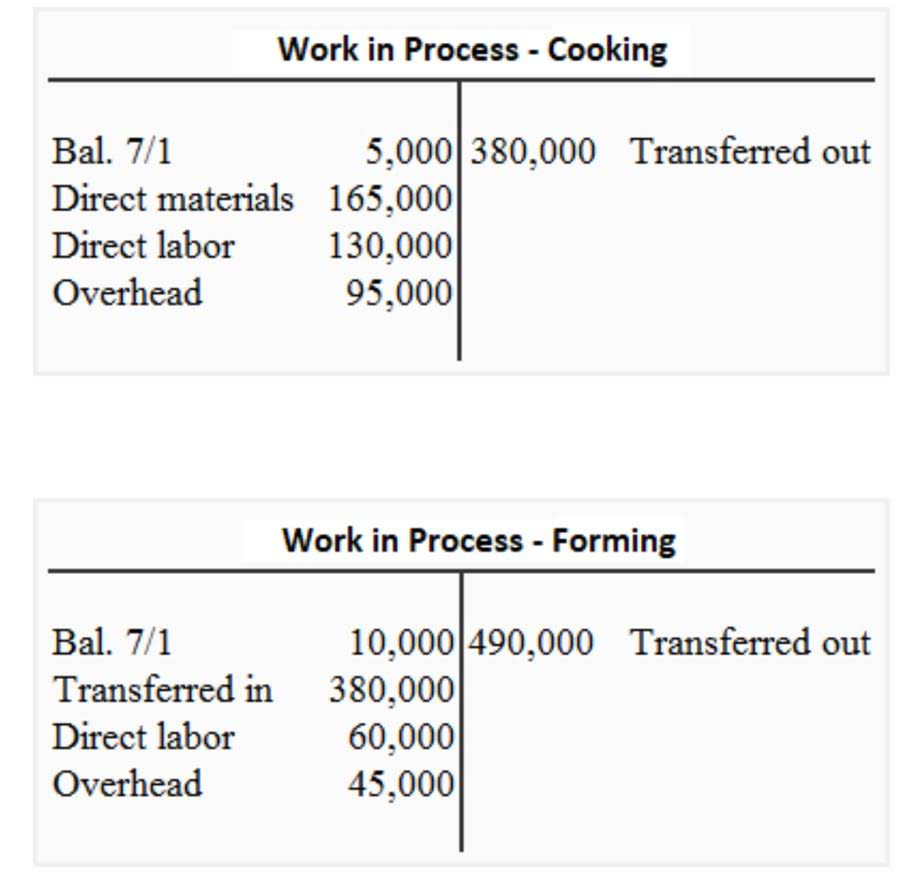Net profit margin also subtracts other expenses, including overhead, debt repayment, and taxes. One common error when calculating the sales margin is failing to include all of the costs that go into making and selling the item when determining the cost of goods sold. Profit margins are one of the simplest and most widely used financial ratios in corporate finance. A company’s profit is calculated at three levels on its income statement.
Gross margin can be calculated by dividing your gross profit (sales revenue minus your cost of goods sold) by your sales revenue. For the majority of small businesses, gross profit margin and net profit margin will be most important and most meaningful. These two metrics will let you compare your business with others in your industry so you can see at a glance how you are doing, regardless of the size of your competition.
What is the difference between gross and net profit margins?
Therefore, companies need to be mindful of how much profit they are making and ensure that they are not alienating their customers in the process. Margin is the portion of the selling price that is profit, while markup is the portion of the COGS that is profit. No matter which metric you use, it’s important to track both measures over time to see how your business is performing. By monitoring these metrics, you can make changes to your business model and improve your profitability. In simple terms, profit is the amount of money a company earns after subtracting money spent to run the business.
- Expressed as a percentage, it represents the portion of a company’s sales revenue that it gets to keep as a profit, after subtracting all of its costs.
- The website Investopedia has a great article
about
how to determine what your ideal profit margin should be.
- It shows your level
of profitability before operating expenses are deducted.
- It is the ratio of net profits to revenues for a company or business segment.
- On the other hand, the gross margin for manufacturing companies will be lower as they have larger COGS.
The most common and widely used type of profit margin is net profit margin, which accounts for all of a company’s costs, both direct and indirect. The number has become an integral part of equity valuations in the primary market for initial public offerings (IPOs). Let’s say that your business took $600,000 in sales revenue last year and had operating expenses of $500,000. There are four primary ways to increase gross profit margin, which by extension increases net profit margin. Fortunately, calculating your company’s sales margin is relatively simple, especially if you’re using Microsoft Excel. Below you’ll find some of the most commonly asked questions ecommerce businesses ask us about their profit margins.
Example of a Sales Margin Calculation
To calculate gross profit margin, you take the total sales revenue and subtract the cost of goods sold, as well as all other expenses, such as marketing, administration, and rent. The sales margin of a product or service can be calculated by taking the selling price, deducting the expenses sales margin formula it took to make the product
and then dividing it by the selling price. Expenses can commonly include materials, manufacturing costs, salaries, rents, discounts, etc. Gross profit measures a company’s total sales revenue minus the total cost of goods sold (or services performed).
